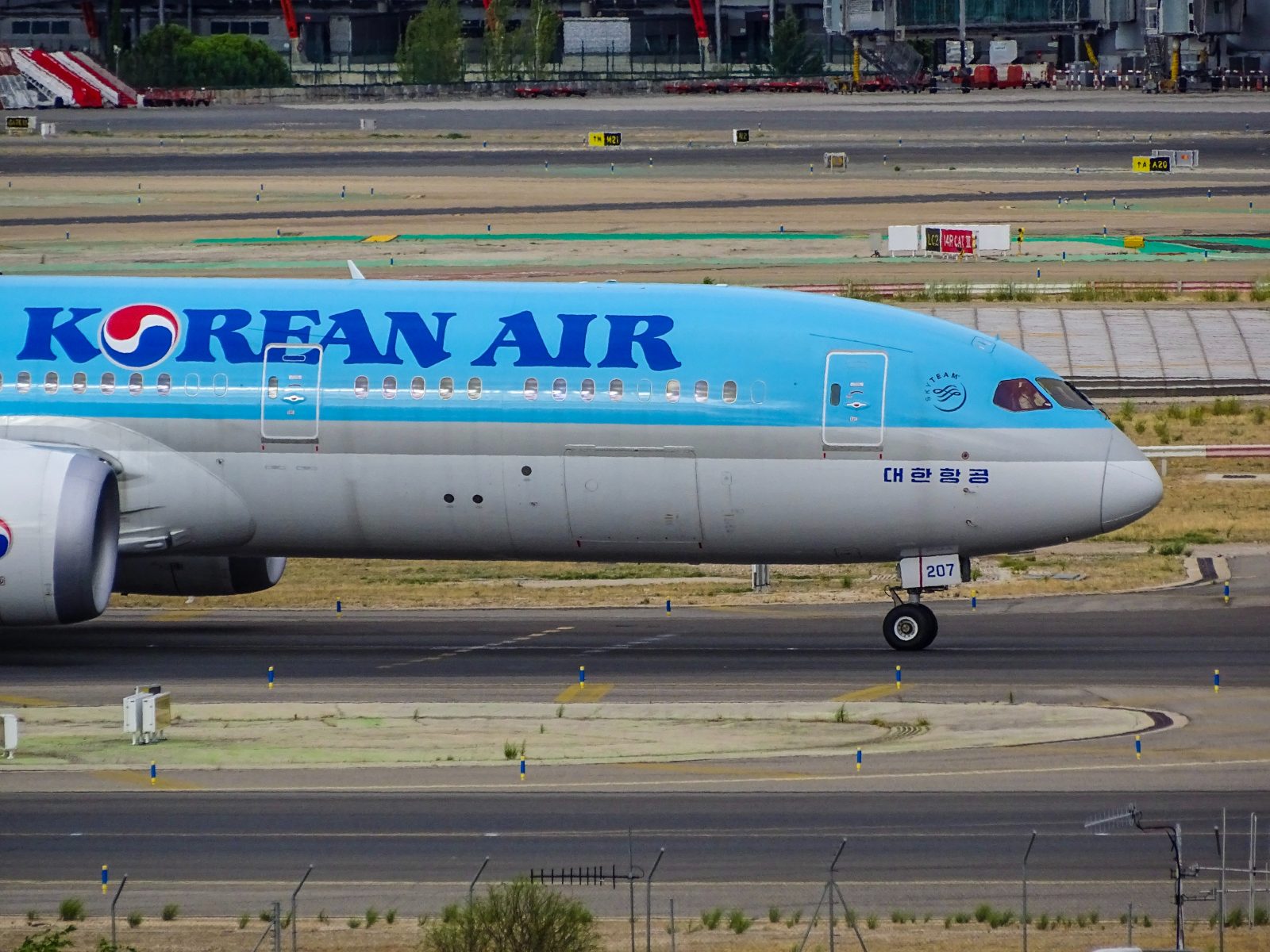
South Korean airlines are lobbying to have the maximum number of hours that pilots and other aircrew are allowed to work in a single period extended because the Russian airspace closure is making some ultra-long-haul flights even longer.
On Tuesday, an Asiana Airlines flight from New York JFK to Seoul was forced to divert to Tokyo after strong headwinds pushed the predicted flight time above the legal number of working hours permitted for South Korean pilots.
Under existing air safety laws, South Korean pilots are permitted to operate on flights up to a maximum of 16 hours. But rerouting some flights away from Russian airspace is regularly pushing flight times to within minutes of this upper limit.
The two largest airlines in South Korea – Asiana and Korean Air believe the situation could get even worse during the winter months when headwinds strengthen.
Flights from Seoul to New York used to fly through Russian airspace and across the Arctic, but the political fallout from the war in Ukraine now means Asiana and Korean Air send their jets much further south across the Pacific to reach New York.
The outbound takes around 13 hours – well within the limit imposed by Korea’s aviation regulator. But the return flight is regularly taking between 15 hours and 15 and a half hours.
“We are looking to lift the cap on the maximum flying hours for pilots with discussions between labor and management underway. It needs approval from the Transport Ministry,” a Korean Air spokesperson confirmed to the English language Korea Herald.
The newspaper also cited an Asiana Air representative confirming a similar effort to extend pilot working hours.
Fatigue management rules for aircrew vary massively but in many countries, the maximum ‘flight duty period’ that pilots are allowed to work also includes time spent on the ground. The duty period can normally be extended by augmenting the crew with additional pilots and inflight rest.
In Europe, the maximum duty period without augmentation is 14 hours, but this can be extended to 18 hours with four pilots working in rotation and the use of bunks for inflight rest.
Regulators in Australia also stipulate a maximum 18-hour duty period for pilots, but the civil aviation regulator operates a complicated ‘fatigue risk management system’ that allows airlines to extend that duty period even longer if it can prove it is managing the risk of fatigue.
Under this system, Qantas has been allowed to design duty limits that go beyond 20 hours and even longer duty limits could be approved as the airline prepares for its Project Sunrise flights with direct flights from Sydney and Melbourne to New York and London.
Related
Mateusz Maszczynski honed his skills as an international flight attendant at the most prominent airline in the Middle East and has been flying ever since... most recently for a well known European airline. Matt is passionate about the aviation industry and has become an expert in passenger experience and human-centric stories. Always keeping an ear close to the ground, Matt's industry insights, analysis and news coverage is frequently relied upon by some of the biggest names in journalism.







